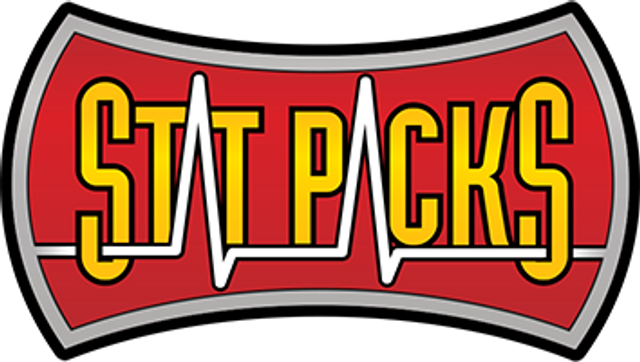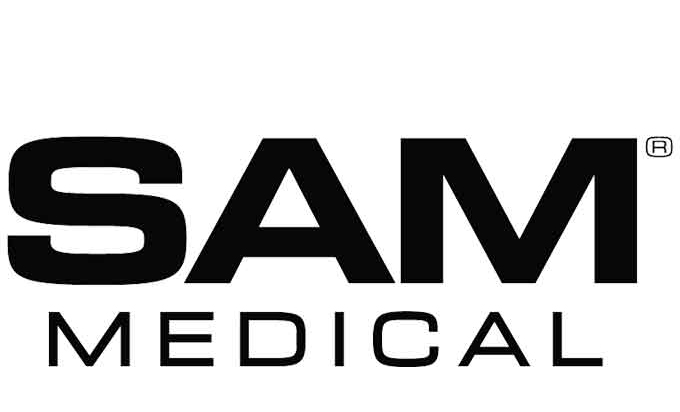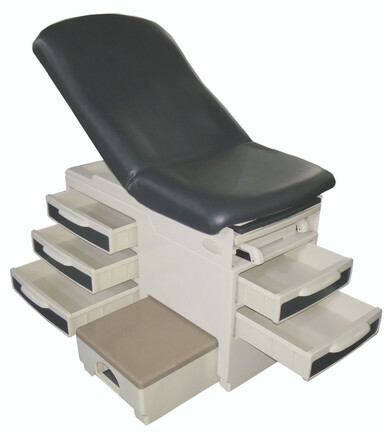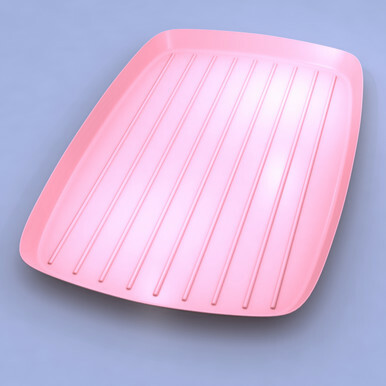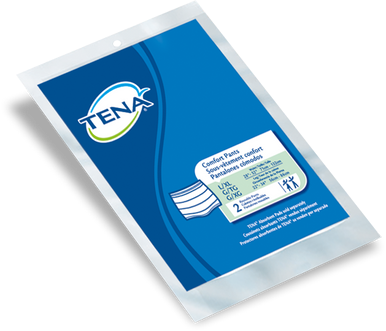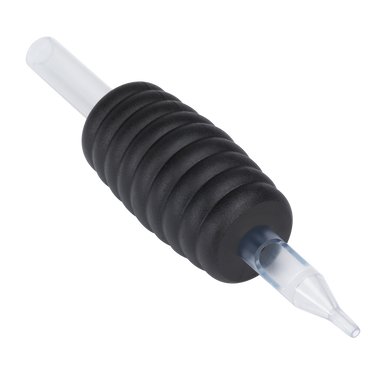The Lifesaving Role of CPR Barrier Masks: A Comprehensive Guide
Posted by EMRN on 25th Aug 2023
Cardiopulmonary resuscitation (CPR) is a critical life-saving technique used to restore blood circulation and breathing in individuals experiencing cardiac arrest. In performing CPR, rescue breaths play a crucial role in maintaining oxygen supply to the patient's brain and vital organs. However, the act of providing mouth-to-mouth ventilation can pose risks to both the rescuer and the patient due to potential exposure to bodily fluids. This is where CPR barrier masks come into play, offering an effective and hygienic solution for performing rescue breaths. In this blog post, we will delve into the importance of CPR barrier masks, their features, proper usage, and their indispensable role in emergency response.
The Significance of CPR Barrier Masks
CPR barrier masks, also known as pocket masks or face shields, are devices designed to create a barrier between the rescuer and the patient during mouth-to-mouth ventilation. These masks help prevent the direct exchange of bodily fluids, reducing the risk of infection transmission and ensuring the safety of both parties involved in the rescue process.
Key Features of CPR Barrier Masks
- One-Way Valve: The heart of a CPR barrier mask is its one-way valve, which allows air to flow from the rescuer to the patient but prevents any potential backflow from the patient to the rescuer. This design ensures a unidirectional flow of air, maintaining safety for all parties involved.
- Clear Shield: The mask features a clear, transparent shield that allows the rescuer to observe the patient's mouth, nose, and face. This visibility is crucial for assessing the patient's condition, ensuring proper positioning of the mask, and monitoring the effectiveness of the rescue breaths.
- Secure Fit: CPR barrier masks typically have a soft, pliable bladder that creates an airtight seal around the patient's face. This seal ensures that the rescue breaths are delivered effectively and efficiently.
- Filter: Some barrier masks come equipped with filters that offer additional protection by trapping airborne particles and pathogens, preventing their transfer between the rescuer and the patient.
- Compact Design: CPR barrier masks are often compact and lightweight, making them easy to carry in first aid kits, pockets, or attached to keychains. This portability ensures they are readily available for use in emergency situations.
Proper Usage of CPR Barrier Masks
- Assess the Situation: Before providing rescue breaths, assess the patient's condition and ensure that they are unresponsive and not breathing normally.
- Position the Patient: Gently tilt the patient's head back slightly to open their airway.
- Apply the Mask: Place the mask over the patient's mouth and nose, making sure the one-way valve is positioned correctly for airflow from the rescuer to the patient.
- Create a Seal: Use your hands to create an airtight seal by pressing the mask down onto the patient's face.
- Deliver Rescue Breaths: Administer rescue breaths by blowing into the mask until the patient's chest rises. Allow the chest to fall naturally before providing the next breath.
CPR barrier masks are a vital tool in ensuring the safety and effectiveness of rescue breaths during cardiopulmonary resuscitation. Their ability to create a barrier against potential infection transmission while allowing for proper ventilation is essential for both the rescuer and the patient. By understanding their features and correct usage, we can contribute to more confident and efficient emergency response efforts, ultimately increasing the chances of saving lives. Whether you're a trained medical professional or a layperson, having a CPR barrier mask on hand can make a significant difference in a critical situation.




